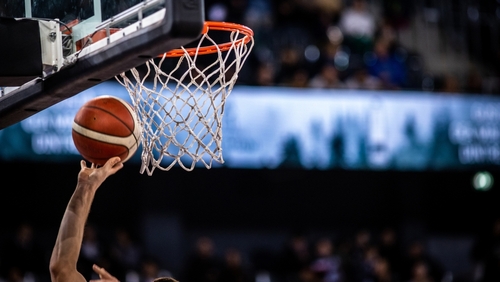WNBA players are up in arms, demanding equal pay while the league bleeds millions annually—are the demands justified or just the latest in a series of outlandish claims?
At a Glance
- WNBA players wore “Pay Us What You Owe Us” shirts at the All-Star Game.
- Current CBA negotiations are intensifying as the October 2025 expiration looms.
- The league, despite growth, continues to lose $40-50 million annually.
- Debate rages over the sustainability of higher salaries given ongoing financial losses.
WNBA Players Demand More Pay Amidst Financial Losses
At the recent WNBA All-Star Game, players took the court in shirts emblazoned with “Pay Us What You Owe Us,” highlighting their dissatisfaction with current compensation and ongoing CBA negotiations. This bold visual protest has stirred a heated debate among fans, media, and league officials. The players are pushing for higher salaries and better revenue sharing, motivated by recent surges in attendance and merchandise sales. Yet, the league’s financial health paints a different picture, with annual losses of $40-50 million bringing into question the feasibility of meeting such demands.
https://www.youtube.com/watch?v=kJEsNE4vPaU
The WNBPA, representing the players, has made it clear that the league’s latest offer falls significantly short of their expectations. Players like Breanna Stewart and Napheesa Collier have publicly criticized the gap between the league’s proposal and their demands. This protest is not just about pay; it’s about acknowledging the players’ contributions to the league’s growing popularity and the role they play in driving its recent successes.
The Financial Reality of the WNBA
The current financial model of the WNBA is under intense scrutiny. Player salaries are capped at 20% of league revenue, with an average base salary of $102,249. The team salary cap sits at $1.5 million, a figure dwarfed by the NBA’s financial ecosystem. Despite a boost in popularity, the league’s reliance on NBA subsidies remains a significant factor. Critics argue that demanding higher pay in a scenario where the league cannot sustain itself financially is unrealistic and unsustainable.
The WNBA is majority-owned by the NBA, which has historically subsidized its operations. This financial support has been crucial in keeping the league afloat, especially as it continues to operate at a loss. The players’ demands for better pay and revenue sharing must be balanced against the league’s need to achieve financial sustainability. Without this, the risk of increasing the league’s dependency on NBA funding looms large.
Impact and Opinions on the Pay Protest
The All-Star Game protest has polarized public opinion. While some fans support the players’ bid for higher pay, others criticize the protest as tone-deaf given the league’s financial struggles. Sports commentators and social media personalities have weighed in, highlighting the disparity between player demands and the league’s fiscal realities. The debate extends beyond financial considerations, touching on broader issues of gender equity and the value of women’s sports.
Supporters argue that investing in women’s sports is not just a moral imperative but a business necessity. They point to the WNBA’s growth as evidence that the league can thrive with the right investment. Detractors, however, focus on the league’s financial losses, questioning the wisdom of increasing salaries without a clear path to profitability. This protest, and its fallout, may set a precedent for future negotiations in women’s sports.

